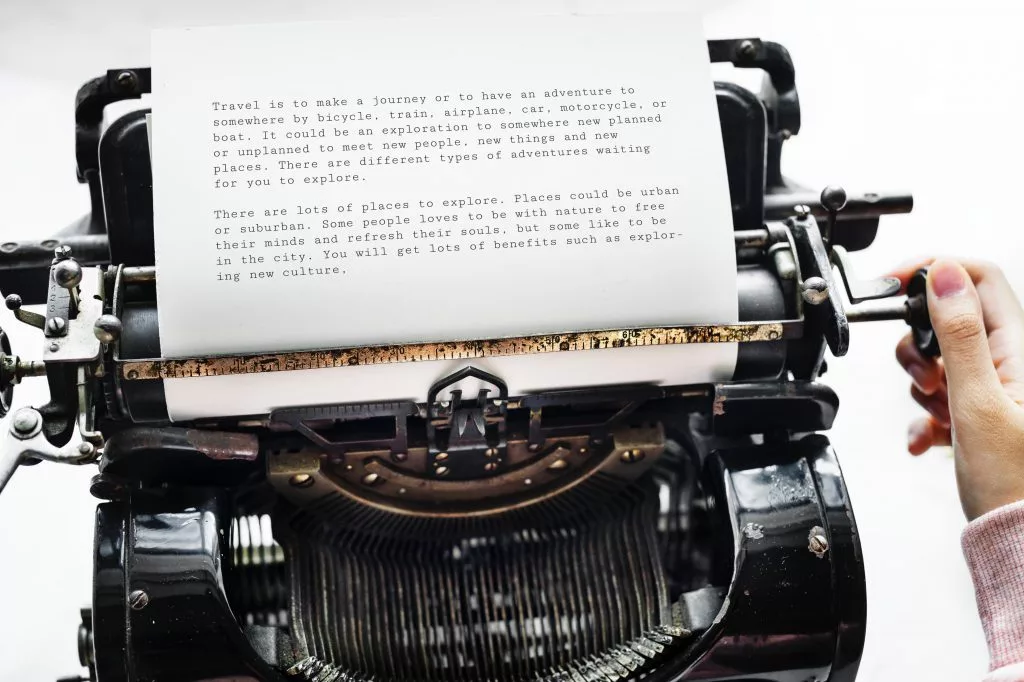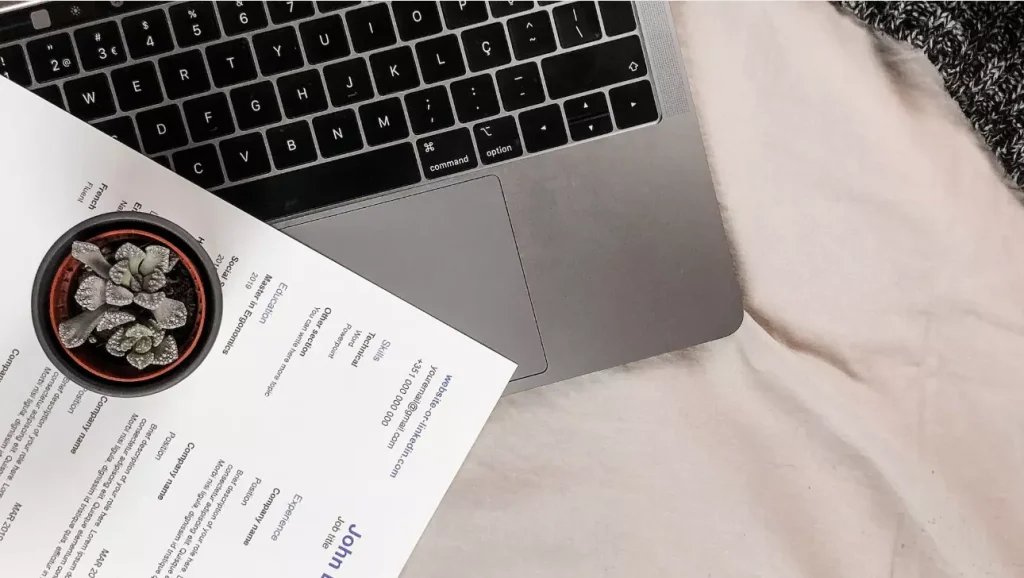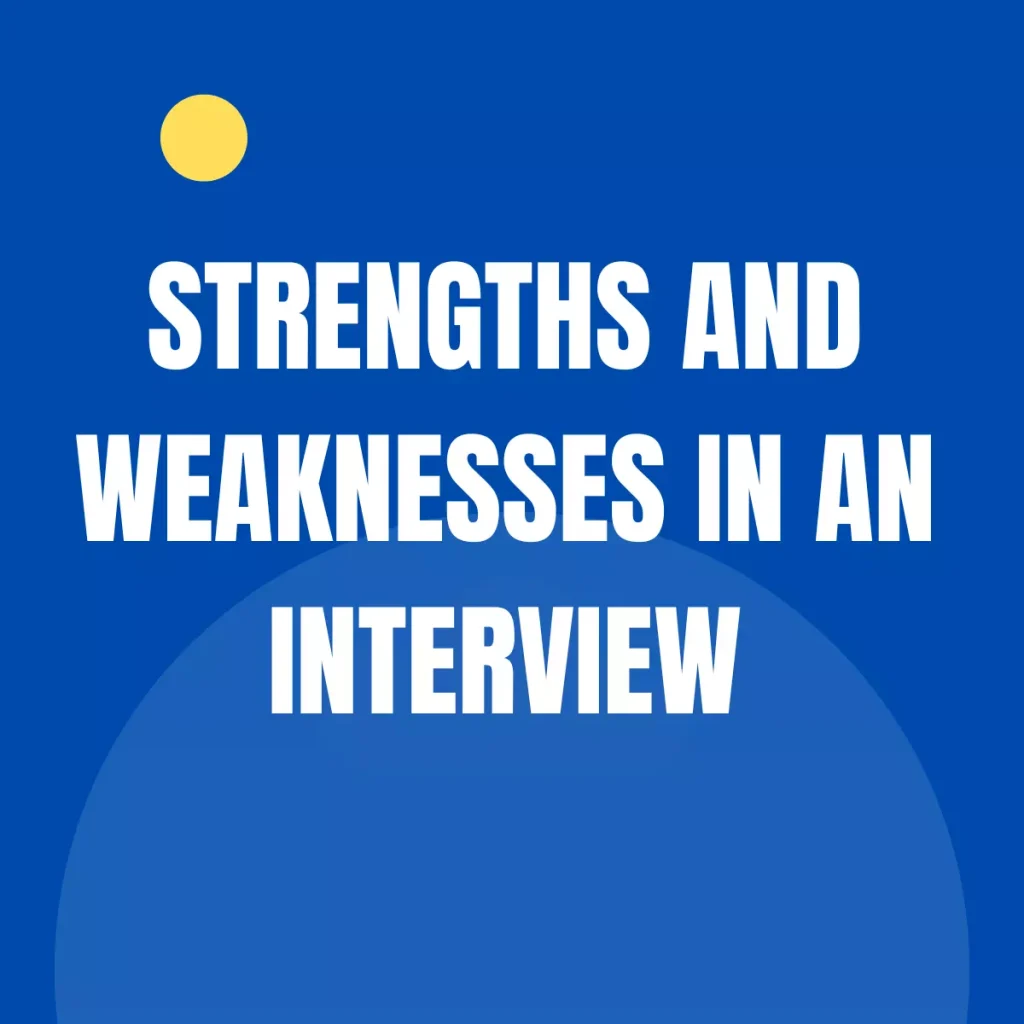Introduction:
In today’s competitive job market, a well-designed resume is essential for standing out from the crowd. However, more than just presenting one’s qualifications and experience, the design of a resume can also have a significant psychological impact on both the recruiter and the applicant. It is important to understand how resume design can influence perceptions and decisions in the hiring process. In this blog, we will explore the psychological impact of resume design, providing you with insights that can help you create a resume that leaves a positive impression.
10 FAQs about The Psychological Impact of Resume Design:
1. How does resume design affect the initial impression of a recruiter?
The design of a resume can elicit immediate judgments about the candidate’s professionalism and attention to detail. A well-designed resume creates a positive first impression, while a cluttered or poorly organized one may lead to negative perceptions.
2. Can the choice of font influence the psychology of the reader?
Yes, the font choice can subconsciously affect the reader’s perception. Fonts like Arial and Helvetica are perceived as professional and modern, while others like Comic Sans may be seen as unprofessional.
3. How can resume layout influence the comprehension and approachability of the content?
An organized and easy-to-read layout allows recruiters to quickly scan the resume and find the information they need. This enhances comprehension and makes the applicant appear more approachable.
4. Is the use of color in resumes recommended?
Colors can be used strategically in resumes to highlight important information or create visual interest. However, it is important to use them sparingly and ensure they align with the industry and job role.
5. Does the overall visual appeal of a resume affect the applicant’s perceived competence?
Yes, a visually appealing resume can positively influence the perception of the applicant’s competence and professionalism. A well-designed document suggests attention to detail and a strong work ethic.
6. How can a resume’s design help convey the applicant’s personal brand?
Through thoughtful design choices, such as the use of consistent branding elements, fonts, and color schemes, an applicant’s personal brand can be effectively presented. This can help project a cohesive and memorable image.
7. Can the use of visuals, such as icons or infographics, enhance a resume’s impact?
When used thoughtfully and purposefully, visual elements can enhance the impact of a resume by making it visually engaging and facilitating information absorption. However, they should only be included if they add value and are appropriate for the industry or position.
8. Does alignment play a role in creating a positive impression in a resume?
Yes, the alignment of text and sections helps maintain a clean and organized appearance, contributing to a positive impression. It also aids in the ease of information retrieval for the hiring manager.
9. How does the length of a resume impact its effectiveness?
A concise and well-structured resume is generally more effective than a lengthy one. Lengthy resumes may overwhelm recruiters and dilute the impact of relevant information. Keeping it focused and concise is key.
10. Should an applicant use a “one-size-fits-all” approach to resume design?
No, the design of a resume should be tailored to the specific industry and job role. Taking into account the expectations and preferences of the target audience can maximize the psychological impact and effectiveness of the resume.
Conclusion:
The psychological impact of resume design should not be underestimated. A well-designed resume has the power to create a positive impression, convey professionalism and competence, and even highlight an applicant’s personal brand. It is crucial to consider the elements of design, such as font choice, layout, use of color and visuals, and alignment, as they can significantly influence how both recruiters and applicants perceive and interpret the content. By understanding and strategically utilizing the psychological impact of resume design, job seekers can increase their chances of capturing the attention of hiring managers and standing out in a competitive job market.




